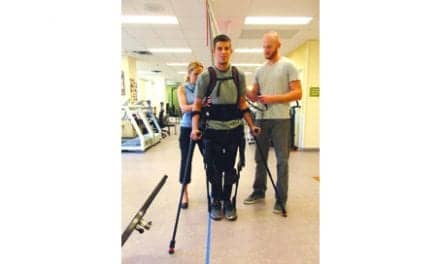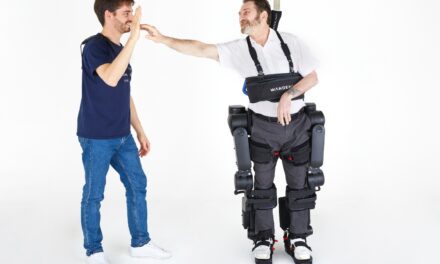High-intensity interval training (HIIT), or short bursts of all-out exercise, could be especially beneficial for people who have experienced spinal cord injuries (SCI), according to research from the Department of Kinesiology at McMaster University, published in Spinal Cord.
Researchers suggest that HIIT and sprint interval training (SIT) helped improve cardiorespiratory fitness in people with SCI to a degree that appears to match longer bouts of moderate intensity exercise. Importantly, they note that the SCI population is generally able to tolerate both HIIT and SIT, and there have been very few reports of harm from this type of training.
“This may be especially relevant in the inpatient rehabilitation environment, where newly injured people with SCI spend a number of weeks before being discharged to the community,” says Audrey Hicks, a professor in the Department of Kinesiology and one of the lead authors of the study, in a media release from McMaster University.
“During this time, the patient’s days are extremely full, with physiotherapy, occupational therapy, functional training and exercise training, all with the goal of optimizing transition to the community,” she says. “The time demands are enormous, so more efficient forms of exercise can be particularly attractive.”
It is important to learn more about the feasibility and implementation of HIIT for people with spinal cord injuries because that form of training requires quick transitions between higher- to lower-intensity exercise, which poses challenges for those with limited mobility, Hicks adds.
“It is important to encourage more research to be done to establish safe guidelines for its implementation in this population,” she says.
[Source(s): McMaster University, EurekAlert]





